Curt Riley, PT, DPT, OCS, CMTPT – Instructor
A common patient complaint in clinic is a hip pinch with squatting. This can occur with a low load like an air squat or loaded squats with a bar. This typically presents at or near the bottom of the squat and can affect their form causing them to weight shift to the non-affected side.
The medical diagnosis for this presentation is commonly femoral acetabular impingement (FAI) with the thought that the head of the femur is running into the bowl of the acetabulum. FAI is thought to be largely from morphologic changes in the shape of the hip joint. From a muscular aspect, one group of often overlooked muscles that affect hip mechanics and stability is the deep hip external rotators.
 These are also known as the GOGOQ muscle group which is comprised of the superior and inferior gemelli; internal and external obturator and the quadratus femoris. They are ideally positioned for hip external rotation, but their line of force is also ideal to compress the hip joint to provide stability1 (similar to how the rotator cuff offers compression of the humeral head in the joint socket).
These are also known as the GOGOQ muscle group which is comprised of the superior and inferior gemelli; internal and external obturator and the quadratus femoris. They are ideally positioned for hip external rotation, but their line of force is also ideal to compress the hip joint to provide stability1 (similar to how the rotator cuff offers compression of the humeral head in the joint socket).
To illustrate the importance of the deep hip rotators to hip stability we can look at the posterior hip replacement approach. This posterior approach can disrupt some of the tendons of the GOGOQ. Studies have shown a significant decrease in posterior hip dislocations when the surgeon repairs the deep hip external rotator tendons. 3,4
Now to revisit how these muscles can affect hip mechanics with squatting. In general, modern lifestyle postures tend to lead to shortened/tight deep hip external rotators as positions of comfort often put us in hip external rotation. Think about how we cross our legs or position of our hip while driving a car or while sleeping on our backs. This adaptive tightness over time can limit their ability to do their functional job noted above. When people practice good squatting form their feet are typically straight which will put a tight GOGOQ muscle group on tension. This can lead to poor performance when they need to work to stabilize the hip during the squatting motion.
Assessment can identify restrictions into internal rotation in our patients with hip pinch and one possible way to improve this is to dry needling deep hip rotators. Objectively we can show improvement in hip ROM but even more importantly we should be looking at our functional tests, which in this case is the squatting motion and hip pinching. Specifically, when dry needling the GOGOQ musculature it is important to keep the lower leg in neutral as the tendency is to let the leg relax into ER (especially if they are tight) which makes your treatment window for this muscle much too small. Clinically we see excellent results with treating the GOGOQ musculature in our active population, and especially in improving a hip pinch with squatting.
Photo by Meagan Stone on Unsplash
References
- Neumann, Donald. J Orthop Sports Phys Ther 2010;40(2):82–94. doi:10.2519/jospt.2010.3025
- Delp SL, , Hess WE, , Hungerford DS, , Jones LC, . Variation of rotation moment arms with hip flexion.J Biomech.1999;32:493–501.
- Dixon MC, , Scott RD, , Schai PA, , Stamos V, . A simple capsulorrhaphy in a posterior approach for total hip arthroplasty. J Arthroplasty.2004;19:373–376.
- Mihalko WM, , Whiteside LA, . Hip mechanics after posterior structure repair in total hip arthroplasty. Clin Orthop Relat Res.2004;194–198.

